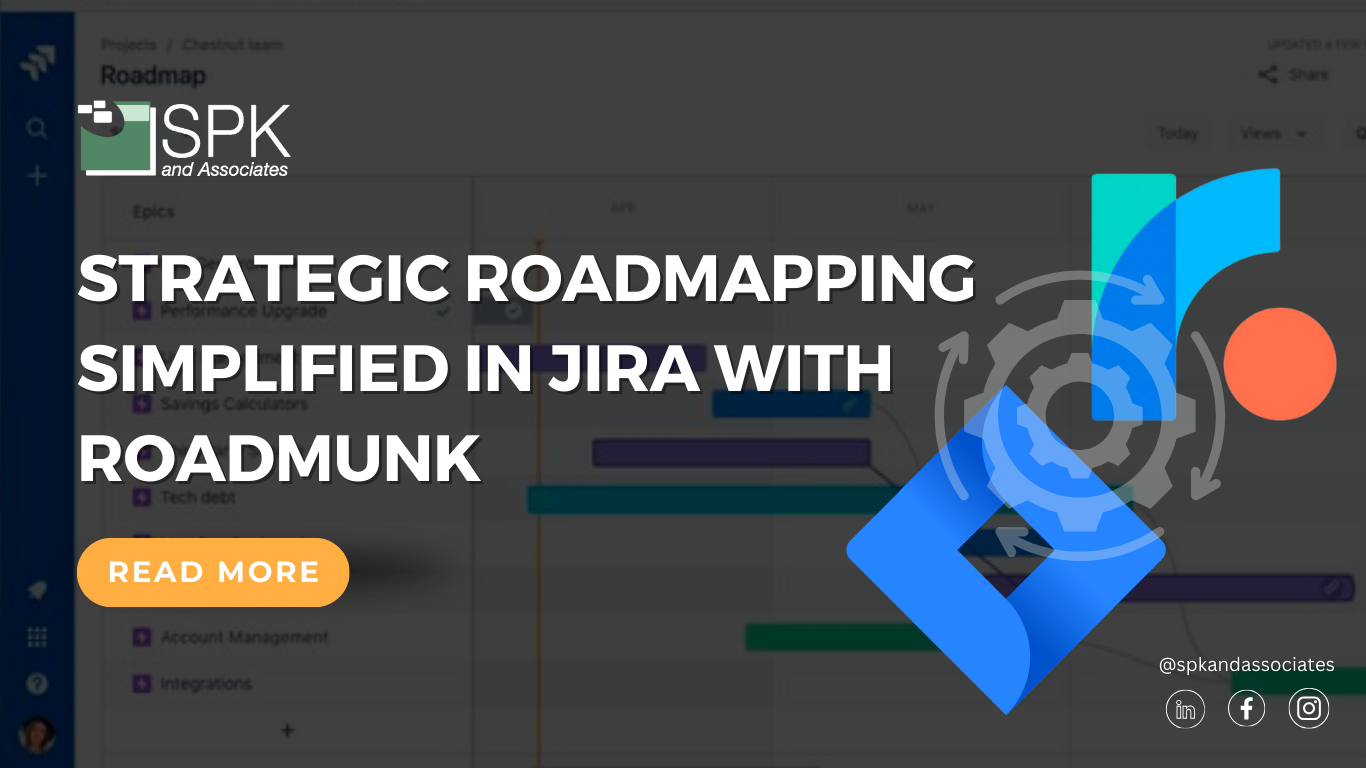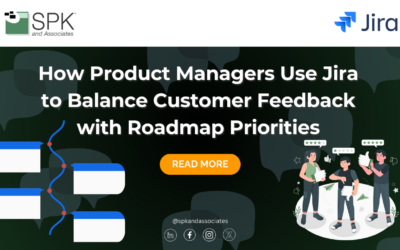If your team has faced the same challenges in creating, communicating, and aligning around effective roadmaps this year as they did last year, it’s time to make some changes. Roadmunk, from Tempo Software, is one of the solutions you might wish to consider. From simplifying the roadmap creation process to fostering cross-functional collaboration, Roadmunk addresses key challenges such as complexity, limited collaboration, and adoption hurdles. This blog post explores how Roadmunk stands out as a user-friendly, visually impactful tool, revolutionizing the way teams build and communicate product strategies.

What is Roadmunk?
Roadmunk is a product management and roadmapping tool that helps teams create, visualize, and communicate product roadmaps. Basically. it enables organizations to plan and manage their product development strategy by providing a centralized platform for collaboratively building and sharing roadmaps. Additionally, it allows users to represent their product plans in a visual format. Thus, making it easier to communicate with stakeholders, align teams, and track progress.
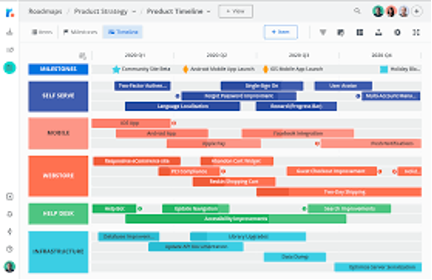
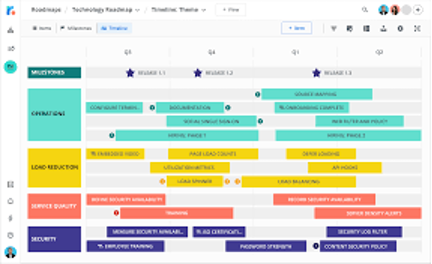
Roadmunk vs Planning and Strategic Alignment
Effective planning isn’t just risk mitigation; it multiplies performance doesn’t it? And, organizations prioritizing proven project management methodologies, experience significantly less capital wastage, boosting strategic success. As part of this, clear goals and alignment are essential mile markers and help you gauge speed. Therefore, a roadmap becomes indispensable for effective project execution. Tools like Roadmunk offer granular insights, aligning high-level roadmaps with resource availability for realistic timelines. With Tempo, planning becomes seamless, empowering teams to create strategic roadmaps and efficiently manage resources.
Furthermore, the power of Roadmunk is amplified through its integration with Tempo for time tracking and resource management. This integration adds a layer of sophistication to your roadmaps, providing actionable insights into team capacity and project timelines.
Empowering Teams with Roadmunk
Key features of Roadmunk include the ability to customize roadmaps for different audiences, visualize project progress, manage dependencies, and integrate with other project management and development tools. It is designed to be user-friendly and accessible to individuals with varying technical abilities. Ultimately, promoting quick adoption and widespread use across teams. Here are a few other benefits of using it:
1. Bird’s Eye View
Roadmunk provides a comprehensive view of your organization’s product impact through standardized, end-to-end roadmapping. This powerful feature allows teams to streamline cross-functional collaboration and communicate product strategy effectively. Ultimately, this facilitates better high-level decision-making.
2. Quick Time to Value
Roadmunk understands time is of the essence. That’s why it offers a quick time to value, ensuring teams can swiftly transition from ideation to action. This accelerates project timelines and enhances overall efficiency.
3. User-Friendly Interface
Unlike some competitors, Roadmunk is designed with users of all technical abilities in mind. Its interface is intuitive, allowing teams to quickly build and share impressive roadmaps for various audiences.
4. Visual Clarity
Customization is key to effective communication. Roadmunk allows users to customize colors, sizing, and formatting for maximum visual clarity. Essentially, this flexibility ensures roadmaps are easily digestible for different stakeholders – including customers and executives.
5. Advanced Progress Tracking
Tracking project progress and dependencies is made seamless with Roadmunk. It can automatically compute and display progress by story count or story point. Additionally, it offers various link types, providing a more nuanced understanding of project dynamics.
6. Versatile Roadmap Templates
With over 35 roadmap templates, Roadmunk provides the flexibility to get started quickly. Plus, teams can create their own custom templates, ensuring standardized roadmaps across different projects.
Roadmunk Integration Capabilities
Roadmunk’s integration abilities extend beyond basic connectivity, offering good interactions with popular tools like GitLab, Azure DevOps, and Jira. These integrations further enhance collaboration, streamline data management, and contribute to the overall efficiency of product management processes. Here are key aspects of Roadmunk’s integration abilities:
Jira Integration
Roadmunk offers one- or two-way syncing with Jira, allowing users to incorporate Jira project data directly into Roadmunk roadmaps. This integration ensures that project details and updates from Jira are seamlessly reflected in Roadmunk, promoting consistency and efficiency.
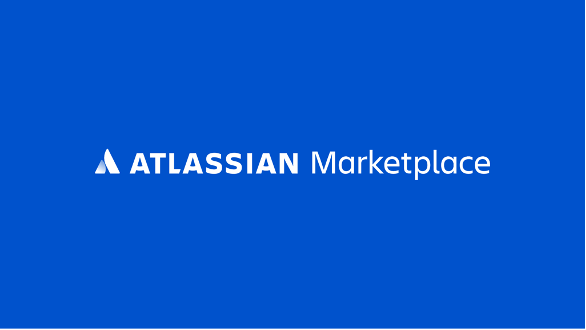
Collaborative Sharing
Furthermore, Roadmunk allows users to share roadmaps through various mediums, including publishing to a URL, exporting to PNG or HTML, and embedding URLs in Confluence pages. This collaborative sharing ensures that stakeholders can access and stay updated on roadmap details, fostering better communication and alignment.
Data Export
Lastly, Roadmunk facilitates data export to CSV format, enabling users to extract and analyze roadmap data externally. This export feature enhances flexibility and supports data-driven decision-making by allowing teams to utilize the data in other tools or platforms.
What’s The Difference Between Roadmunk And Atlassian’s Advanced Roadmaps?
You’re right. On paper, some things are similar with Roadmunk and Advanced Roadmaps. But, underneath the surface – and when you see Roadmunk in action, there’s actually big differences too.
1. User-Friendly Interface vs. Technical Complexity
Roadmunk takes pride in being user-friendly for individuals of all technical abilities. On the other hand, Advanced Roadmaps by Atlassian tends to be more technically oriented. This distinction results in a quicker onboarding process and continuous usability for Roadmunk users.
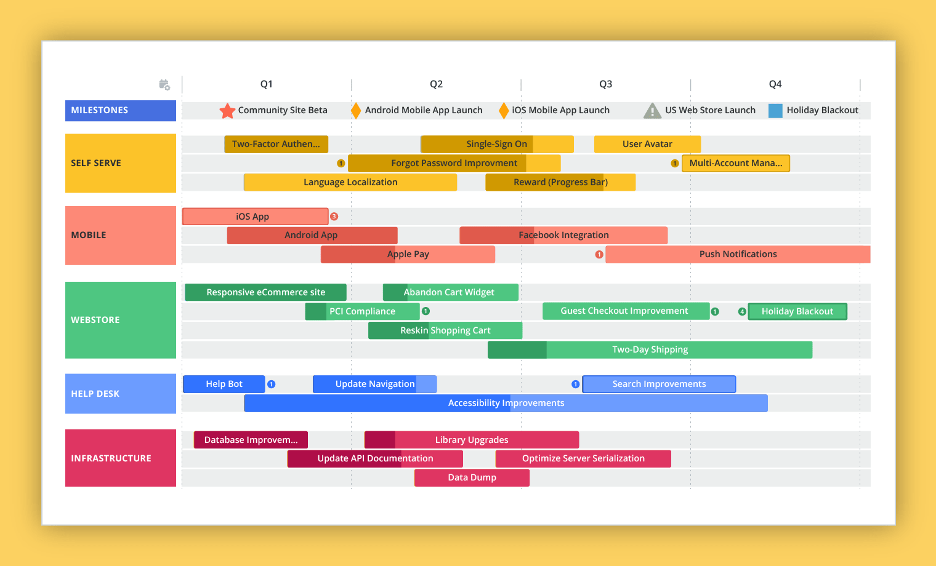
2. Customization and Visual Impact
The ability to customize and create visually impactful roadmaps is a clear advantage for Roadmunk. It allows users to tailor the presentation to various audiences, making it easier to convey information. Advanced Roadmaps, while powerful, do not offer the same level of visual customization.
3. Roadmap Templates and Time to Value
Roadmunk’s extensive library of roadmap templates contributes to its quick time to value. This feature ensures that teams can start their projects promptly. In contrast, Advanced Roadmaps may require more configuration and, consequently, a longer time to see tangible results.
4. Agile Framework vs. Enterprise Focus
Roadmunk, with its flexibility and user-friendly interface, caters to a wide range of teams. It is not limited to specific methodologies, making it adaptable to different organizational structures. Advanced Roadmaps, while suitable for agile teams, is more deeply integrated into the Jira ecosystem and may be better suited for organizations already committed to the Atlassian suite.
Want To Learn More?
If you’re looking for ways to improve how your teams create, communicate, and align around effective roadmaps, Roadmunk is a fantastic solution. Plus the integration with Tempo for time tracking and Jira Software further amplifies its effectiveness. Roadmunk exemplifies a commitment to excellence, empowering teams to navigate the complexities of product management with confidence and agility.
If you’d like to learn more about Roadmunk, Tempo or Jira, contact our team.


